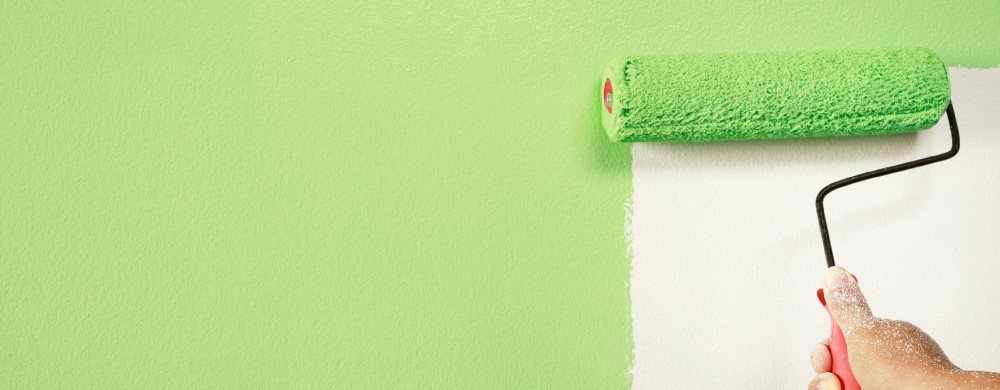Together with our partner, Lamberti, in this article, we explore the difference between solvent- and water-borne coatings and look at the importance of developing renewable sources for the coating industry.
Solvent-borne Versus Water-borne Coatings
You might be familiar with the terms “solvent-borne” and “water-borne” coatings. It is important to recognize the difference between the two.
Solvent-borne coatings typically contain high levels of volatile organic compounds (VOC). They were traditionally used on wood and metal surfaces to give a glossy finish. However, solvent-borne coatings have a longer drying time than water-borne, a strong smell, and harm the environment. With solvents being a health hazard in both production and application, the demand for water-borne coatings has significantly increased.
Water-borne coatings have another significant advantage when it comes to the clean-up process. Washing solvent-borne products from brushes require using white spirit or solvent-borne cleaners. When used, these products release VOCs and are difficult to dispose of because of their hazardous nature.
Therefore, using water-borne products, where brushes can be washed in soapy water, can further reduce the impact on the environment. Other benefits of a water-borne product include lower levels of VOC, quicker drying time, and reduced odor.?
Bio-Based Coatings as a Sustainable Option
Businesses understand that environmental responsibility is an integral part of the manufacturing process. When it comes to coatings manufacturers, there are several ways to improve business sustainability, including reducing water usage, greenhouse gas emissions, net waste, and non-renewable energy consumption during manufacturing or transport.
For manufacturers, the challenge is to replace the demand for fossil fuel carbon with alternative sources. This can be achieved with vegetable-sustainable biomass and extracted oil, carbohydrates, CO2, and recycling.?
Bio-based additives for resins offer an alternative to those made from petrochemicals by utilizing renewable resources such as plants, proteins, carbohydrates, and cellulose. The bio-based and biodegradable solutions from surfactants and fatty derivatives have up to 100 percent renewable content, high performance, and are easy to use.
DKSH is partnered with Lamberti, a leading Italian provider of specialty chemicals, in the UK, Ireland, and the Nordic & Baltic region to promote Lamberti’s innovative range of bio-based products, including anti-foaming agents, plasticizers, and crosslinkers for water-borne systems such as CROSSLINKER 013, and CROSSLINKER 08, SPHEROMERS® CA20, and SPHEROMERS® CA30.
Lamberti is developing technical and sustainable solutions as well as new products with less carbon footprint. Their innovative biobased and water-based polymers include coatings, crosslinkers, adhesives and additives for surface treatment.
To support our group-wide sustainability goals for achieving 35 percent carbon reduction by 2025 and climate neutrality by 2030 in our operations, DKSH’s Business Unit Performance Materials is focusing on several objectives such as responsible procurement, the development of a sustainable product portfolio, and the implementation of measures to reduce carbon footprint internally and with distribution and logistics partners.?
Contact us to learn more about our environmentally friendly specialty chemical solutions


